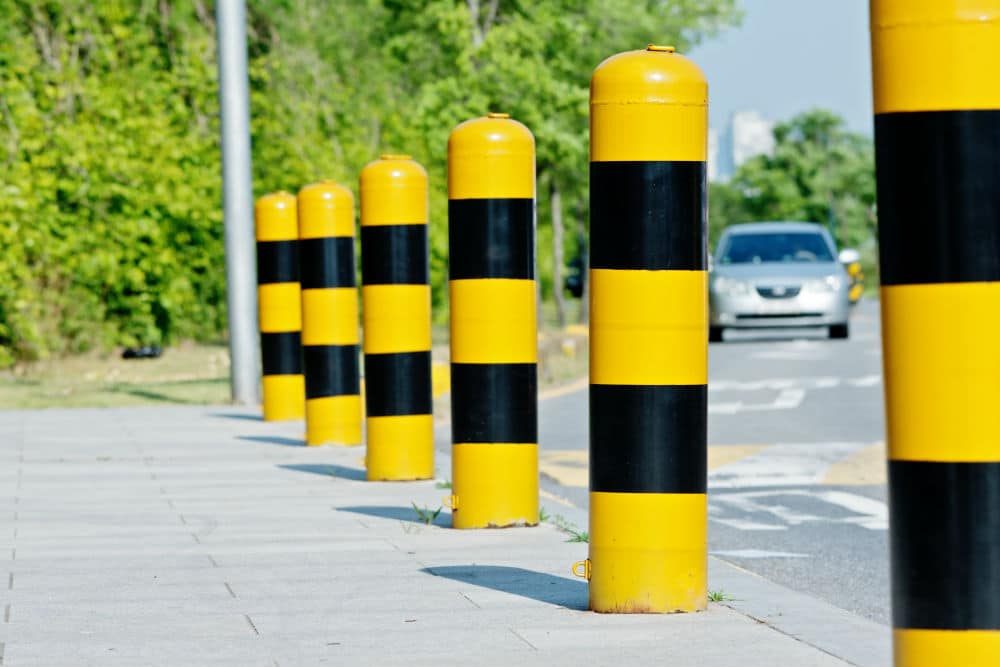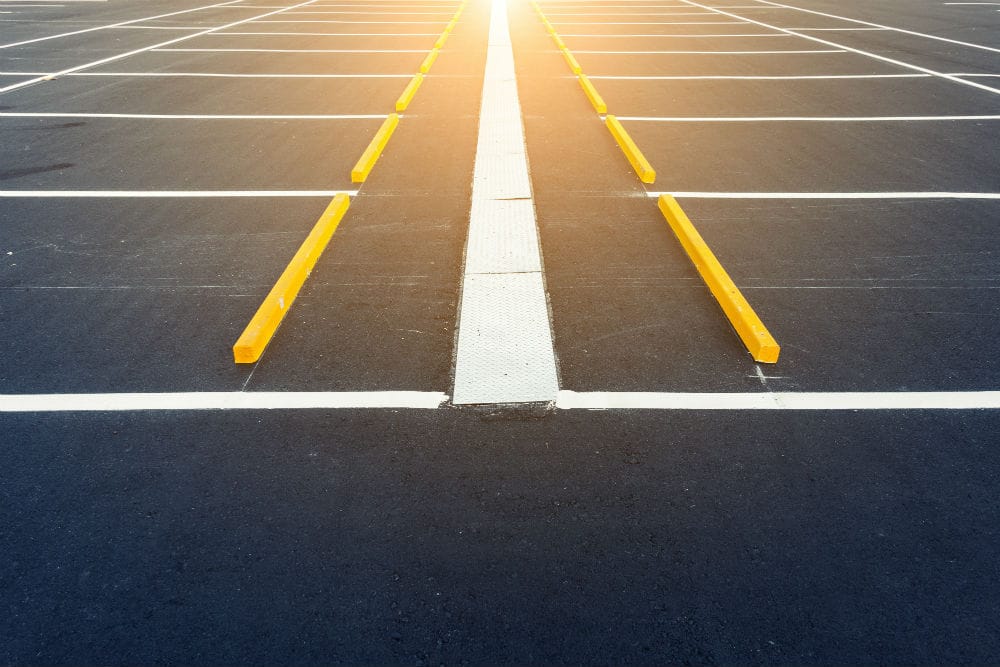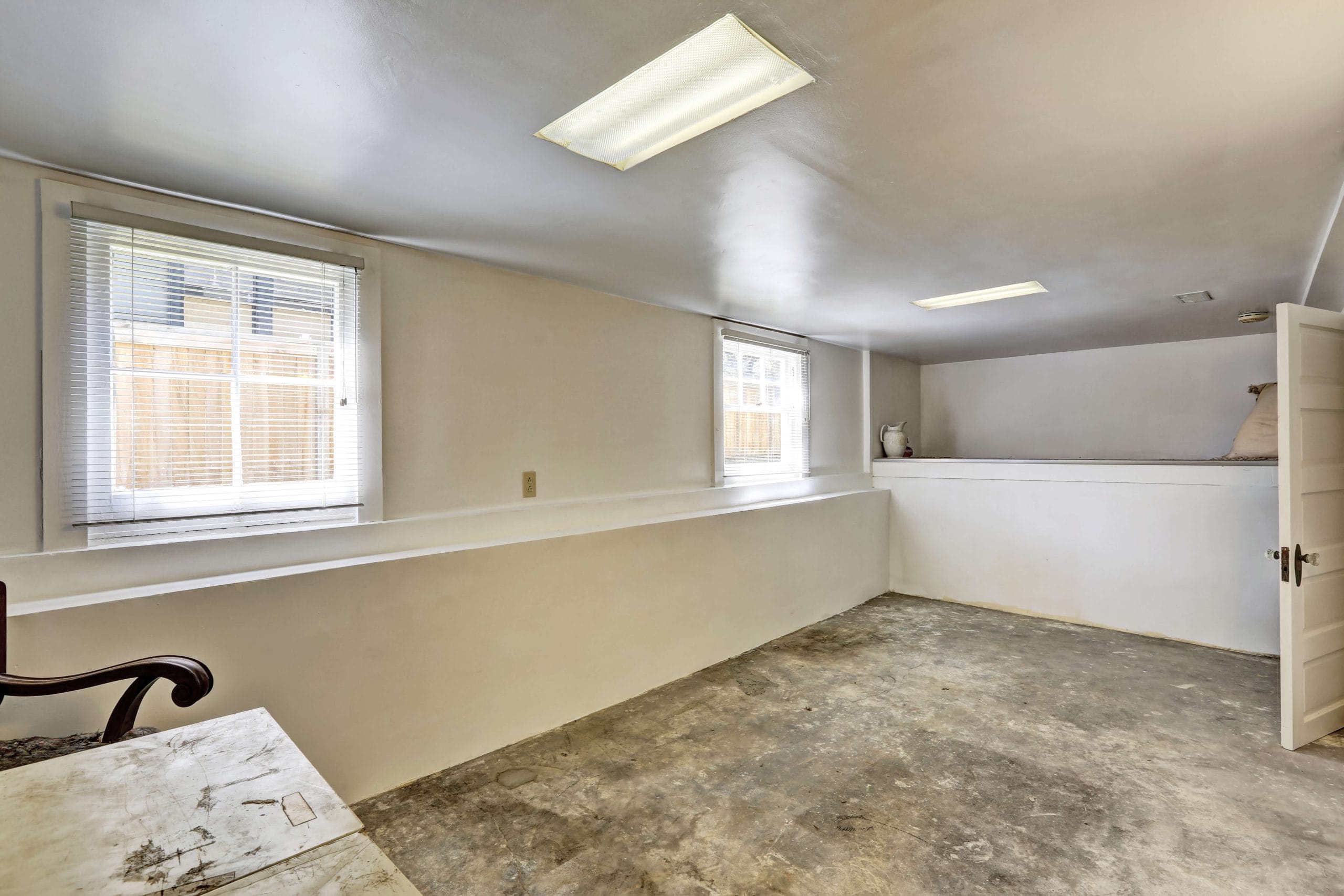
How are Steel Bollards Used?
If you’ve ever taken a stroll through the downtown area of a town or city, you may have…

If you’ve ever taken a stroll through the downtown area of a town or city, you may have…

If you’re a business owner with a brick-and-mortar store or office, you’re probably already aware of the importance…

When you own a home with a basement, you have to decide how you want to use it.…